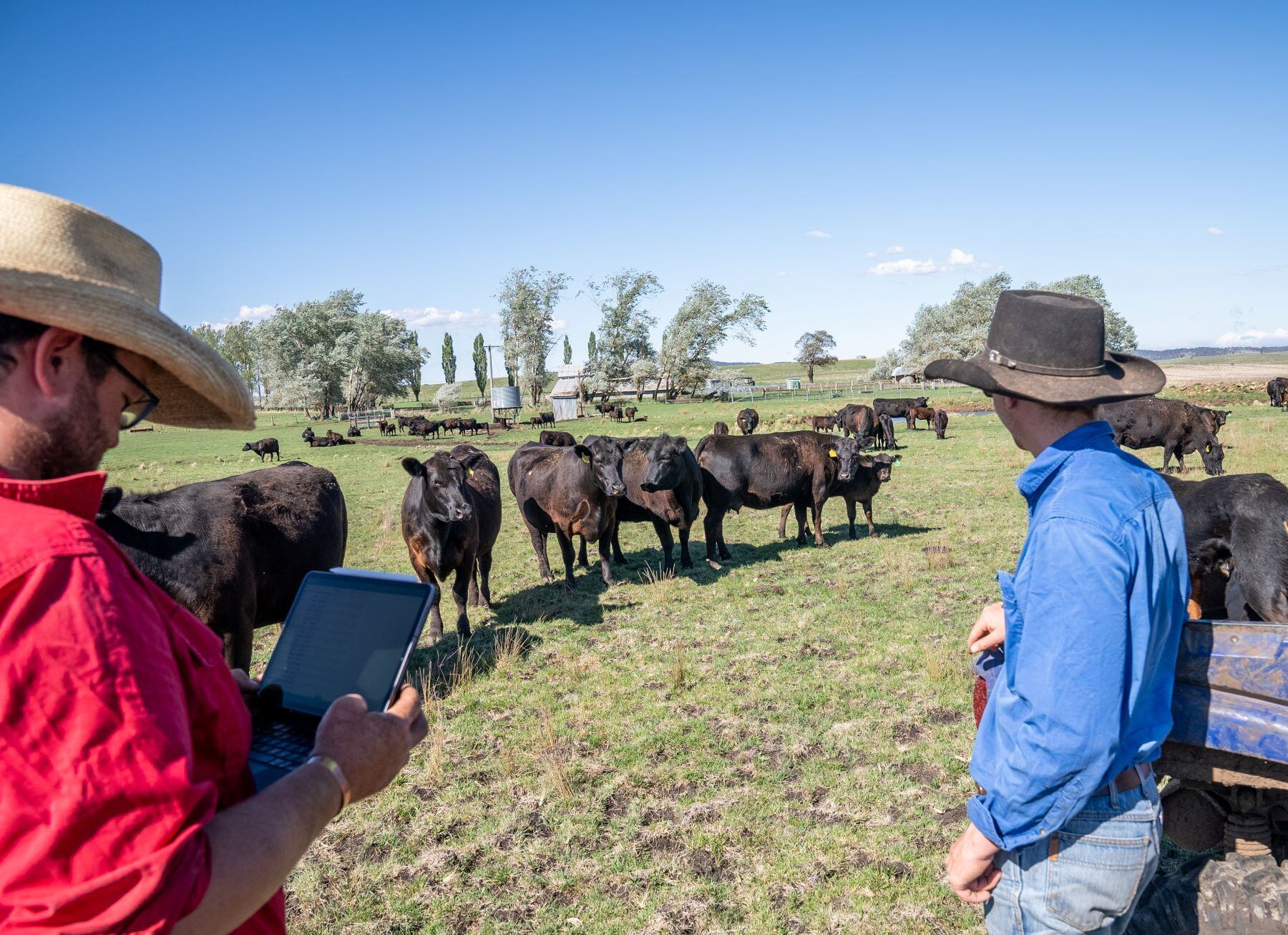Wool market carries confidence into final sale before Christmas
Australia’s wool market posted another strong performance this week, with all micron categories attracting solid support across the three selling...

The Australian beef industry relies heavily on tools and analysis to navigate its complex market environment, where prices are influenced by a range of factors, from global supply and demand to trade agreements and economic conditions. One such tool is the predictive model developed by the team at Episode 3 to calculate a fair value price for the Australian heavy steer on an annual basis. This model is built on real-world data and aims to provide insights into how different factors interact to drive cattle prices, offering a clear framework for decision-making.
The model incorporates a wide array of variables that directly or indirectly affect cattle prices. These include the Australian dollar's exchange rate with the US dollar, which determines how competitive Australian beef is in global markets. It also considers the average income levels of Australia’s major beef export customers, reflecting their purchasing power and willingness to pay for premium Australian beef. Domestic factors, such as beef processor profit margins, Australian cattle slaughter as a percentage of the herd, and total annual cattle slaughter, provide insights into supply levels. Meanwhile, global dynamics, such as US live cattle futures prices and Australia’s share of global beef production, capture the international context that influences price movements.
By combining these variables, the model calculates an annual fair value price range for Australian heavy steers. This fair value acts as a benchmark, helping producers, processors, and exporters understand whether the market price is aligned with economic and supply conditions or if external pressures are creating discrepancies. In this way, the model is not just a predictive tool, it’s a guide for navigating the complexities of the beef market.
In 2024, the model estimated an average price of 321 Australian cents per kilogram live weight for heavy steers, closely matching the actual average price of 314 cents. Such precision highlights the model's ability to synthesise complex market data into reliable insights. For 2025, the model forecasts a price range of 290 to 440 cents, assuming normal rainfall conditions. This range reflects potential fluctuations based on factors such as herd sizes, trade conditions, and global beef demand. Looking further ahead, the 2026 projection predicts a fair value range of 315 to 470 cents, signalling a slight upward trend as global and domestic dynamics evolve. It is important to note that the 2026 fair value range is also based upon an assumption of normal rainfall conditions, much wetter or drier actual rainfall results would impact upon this range.

While the model’s focus is on annual price estimates, it operates within a broader market context. Globally, beef supply is tightening due to reductions in cattle herd sizes in major exporting nations. Environmental challenges, such as droughts, and economic pressures have led to herd liquidation in countries like the United States. This reduction in supply is expected to push global cattle and beef prices higher in the coming years, adding weight to the model's upward pricing projections for 2026.
Trade dynamics also play a crucial role in shaping the market. Australia's strategic trade agreements, such as the Indonesia-Australia Comprehensive Economic Partnership Agreement (IA-CEPA) formalised in 2020 and the United Arab Emirates (UAE) Free Trade Agreement set to begin this year, have expanded opportunities in export markets. These agreements have facilitated significant growth in beef exports, helping to offset some of the pressures caused by global supply constraints. While the model doesn’t explicitly quantify these trade benefits, they contribute to the broader economic environment that the model considers.
The integration of predictive modelling with an understanding of global supply trends and trade agreements provides a robust framework for the Australian beef industry to navigate its challenges. Producers and stakeholders can use the model’s projections to plan production levels, negotiate better contracts, and optimise their market strategies. For example, knowing the fair value range for heavy steers allows producers to evaluate whether current market prices are justified or if external factors, such as temporary supply shortages, are inflating prices beyond sustainable levels.
In practical terms, the model offers reassurance to stakeholders by providing a clear, data-driven explanation of market trends. This helps reduce uncertainty in a market often influenced by unpredictable factors like weather conditions or geopolitical developments. Additionally, by identifying key variables driving prices, the model empowers stakeholders to focus their attention on the most influential factors, such as global demand or domestic processing margins, rather than being overwhelmed by less significant details.
Ultimately, the fair value pricing model for the Australian heavy steer is more than just a prediction tool; it’s a useful resource for understanding the dynamics of the beef industry. The model helps align market expectations with economic realities, offering a reliable guide for producers, processors, and exporters alike. By combining this tool with an awareness of global supply conditions and Australia’s strategic trade advantages, stakeholders are well-equipped to navigate the evolving landscape of the beef industry. As challenges and opportunities emerge, the model assists with informed decision-making, helping the Australian beef industry maintain its competitiveness and adaptability in an ever-changing global market.
Matt Dalgleish is a director of Episode3.net and co-host of the Agwatchers podcast.
.png)
Australia’s wool market posted another strong performance this week, with all micron categories attracting solid support across the three selling...

The latest ABARES outlook for livestock products has sheepmeat production dropping for the 2025–26 financial year, pushing prices higher and...

Australia enters 2026 with both the beef and sheepmeat sectors positioned at significant turning points shaped by evolving supply cycles, global...